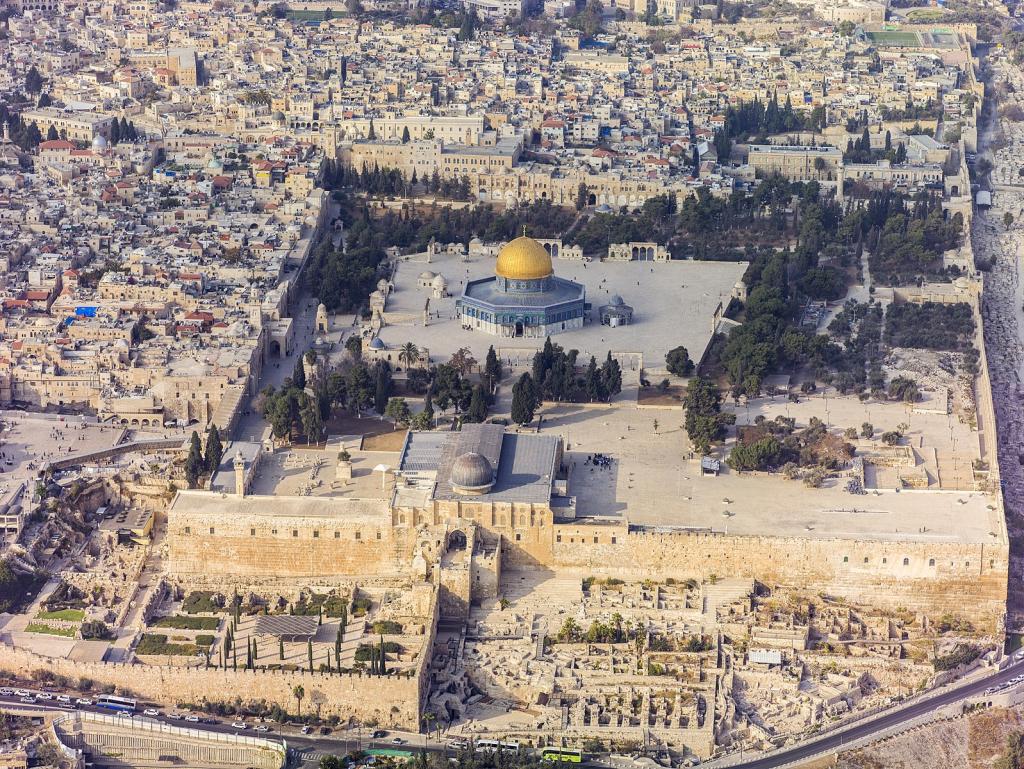
Continuing to think about Joseph Smith and the origins of the Book of Mormon, some old notes:
The maximum time spent on the dictation of the Book of Mormon appears to be about 63 working days, which would translate into a production rate of approximately eight printed pages of the 1830 edition daily.[1] But the rate is probably even higher than that, since the translator and his scribes probably did not work on Sundays or on travel days. The actual days spent translating and dictating the Book of Mormon probably total something on the order of 55.[2] That demands an output of roughly 4,874 words each day—which any experienced writer can testify is a torrid pace. It would be an impressive achievement for a single day; to sustain it for any length of time would be remarkable, even for a highly educated and competent writer, let alone for an inexperienced farm boy. [3]
“It is quite certain,” wrote the anti-Mormon T. W. P. Taylder in 1855, “that neither Joe Smith [sic] nor Martin Harris had intelligence nor literary qualifications adequate to the production of a work of this sort. Who then was its author?”[4] Joseph Smith’s lack of education has always posed a threat to those who would prefer to dismiss the Book of Mormon as his composition, for it is very difficult to imagine how he could have done it. Not surprisingly, therefore, various others have been proposed as the “real” author or authors of the book. These theories, however, have not fared well under scrutiny.[5]
And now the manuscripts of the Book of Mormon itself can be entered as evidence.
Professor Royal Skousen has devoted a decade and a half to intensive study of the text of the Book of Mormon, and most especially to the original and printer’s manuscripts of the book.[6] It is his strongly considered opinion that the manuscript evidence supports the traditional account of the origin of the Book of Mormon, and that it doesn’t support the notion that Joseph Smith composed the text himself or took it from any other existing manuscript. Yet all the witnesses thought that Joseph Smith somehow saw words and read them off to his scribes.[7]
[1] For the very detailed and careful argument supporting this estimate, see Welch and Rathbone, ‘The Translation of the Book of Mormon.”
[2] See chapter 1 of Reexploring. Jack’s Ensign article, January 1988: 46-47.
[3] I, for example, spend a great deal of time writing for various publications, much more than is typical, probably, even among most productive academics—though I am, admittedly, not a full-time writer. My goal, over the past several years, has been to average 3000 words per week. And it takes considerable effort and concentration to accomplish this, even with a sophisticated computer, word processing software, and a Ph.D.
[4] T. W. P. Taylder, The Mormon’s Own Book (1855), in Special Collections. [See original.]
[5] The two most prominent theories have pointed to Solomon Spaulding as the book’s real author, or to Ethan Smith (no relation to Joseph Smith) as its primary source. For a general overview of attempted alternative explanations, see Midgley, “Who Really Wrote the Book of Mormon?” 101-139. On the Spaulding theory, see Solomon Spaulding, Manuscript Found: The Complete Original “Spaulding Manuscript,” Kent P. Jackson, ed. (Provo: Religious Studies Center, Brigham Young University, 1996); also Lester E. Bush, Jr., “The Spaulding Theory Then and Now,” Dialogue 10 (Autumn 1977): 40-69; L. Ara Norwood, review of Vernal Holley, Book of Mormon Authorship: A Closer Look, in [FARMS] Review of Books on the Book of Mormon 1 (1989): 80-88. On Ethan Smith’s possible connection to the Book of Mormon, see Ethan Smith, View of the Hebrews: 1825 2nd Edition, edited by Charles D. Tate, Jr. (Provo: Religious Studies Center, Brigham Young University, 1996); also Spencer J. Palmer and William L. Knecht, “View of the Hebrews: Substitute for Inspiration,” BYU Studies 5 (Winter 1964): 105-113; Madison U. Sowell, “Defending the Keystone: The Comparative Method Reexamined,” Sunstone 6/3 (1981): 44, 50-54; John W. Welch, “An Unparallel” (Provo: FARMS, 1985); BYU Studies article on Oliver Cowdery in Vermont.
[6] For the results of his labors, see, thus far, Royal Skousen, ed., The Original Manuscript of the Book of Mormon: Typographical Facsimile of the Extant Text (Provo: FARMS, 2001); Royal Skousen, ed., The Printer’s Manuscript of the Book of Mormon: Typographical Facsimile of the Entire Text in Two Parts (Provo: FARMS, 2001).
[7] See Skousen, “Translating the Book of Mormon,” 61-93. An abridged form of the same article has been published as Royal Skousen, “How Joseph Smith Translated the Book of Mormon: Evidence from the Original Manuscript,” Journal of Book of Mormon Studies 7/1 (1998): 22-31. Cook, David Whitmer Interviews, is replete with testimony to this effect.
***
Surprisingly, a new article has appeared in Interpreter: A Journal of Mormon Scripture! It’s titled “Unveiling Women’s Veils of Authority.” That’s only the 292nd Friday in a row — out of the Interpreter Foundation’s 293.5 weeks of existence — that at least one new article has appeared in Interpreter:
“Unveiling Women’s Veils of Authority”
***
There’s potentially very big news out of Israel:
“Is This the Prophet Isaiah’s Signature?”











